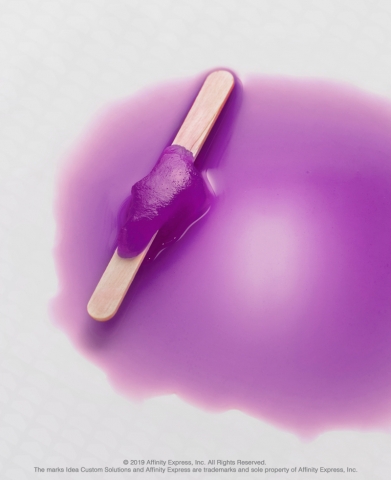We all love a good promotional products campaign. Remember those flexible straws with people doing yoga poses on them or Shark Week’s surfboards with bites taken out that were scattered on beaches? Sheer marketing genius! However, sometimes things don’t go quite so well. Here are four of the biggest promotional marketing flops in recent history.

Diet Coke’s Creepy Napkins
Delta Air Lines and Diet Coke recently developed a new product in their continuing collaboration: paper napkins. And almost as soon as they hit the cabins of airplanes, Delta pulled them out. Why? Because they napkins were just a bit creepy. They had fill-in-the-blank lines for your name and phone number and encouraged you to write them down and give them to your “plane crush.” Because nothing makes an annoying, exhausting flight better than some rando coming up to you with an unsolicited phone number.
Turner Broadcasting’s Accidental Bombs
In 2007, Turner Broadcasting wanted to boost excitement for the upcoming Aqua Team Hunger Force movie. They went to 10 cities in the US and stealthily set out small LED devices that blinked one of the characters from the show, apparently powered by four D-size batteries. One problem: people thought the devices were bombs. In Boston, people panicked and the bomb squad had to come out to inspect the ads — which, of course, ended up not being bombs, but rather poorly planned marketing.
Snapple’s Giant Melting Popsicle
You know those facts on the inside of Snapple caps? The inspiration for this campaign may very well have been one. In 1997, the world record was set in Holland for largest popsicle, measuring 21 feet tall. Snapple wanted to up the game in 2005. In order to break the record, the company set up a 25-foot-tall Snapple popsicle in the middle of Times Square. But it got really hot that day (about 80 degrees hot). Predictably, the popsicle melted. No one really got to see it and firefighters had to shut down nearby streets to clean up all the melted Snapple.
Burger King’s Cyanide Burgers
This campaign was all digital. Burger King used digital capabilities to prompt a smartphone to read aloud the ingredients inside their burgers. It was initially a great and innovative idea — until the trolls came out. Burger King’s flaw was that it linked the campaign to Wikipedia, a platform that, although has great information, can be edited by anyone. As you can imagine, soon the campaign began listing ingredients like cyanide and touting the Whopper as the “worst hamburger product.” Oops.
Don’t become another lost cause in the promotional products campaign world. Partner with Idea Custom Solutions for vector artwork and embroidery digitizing so you can help your clients shine.

Add new comment